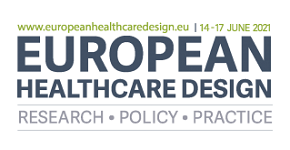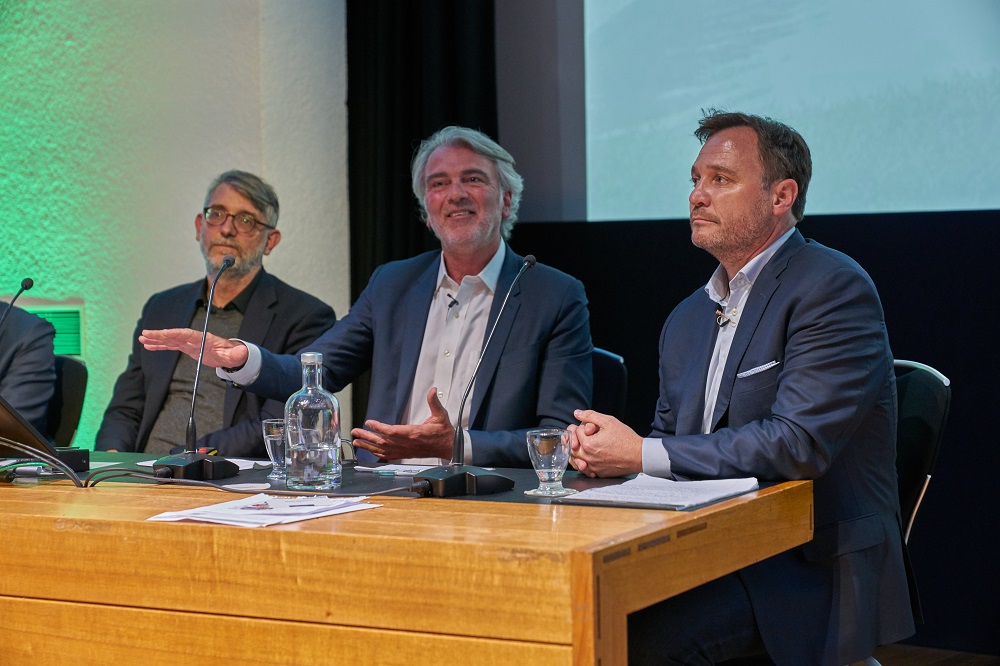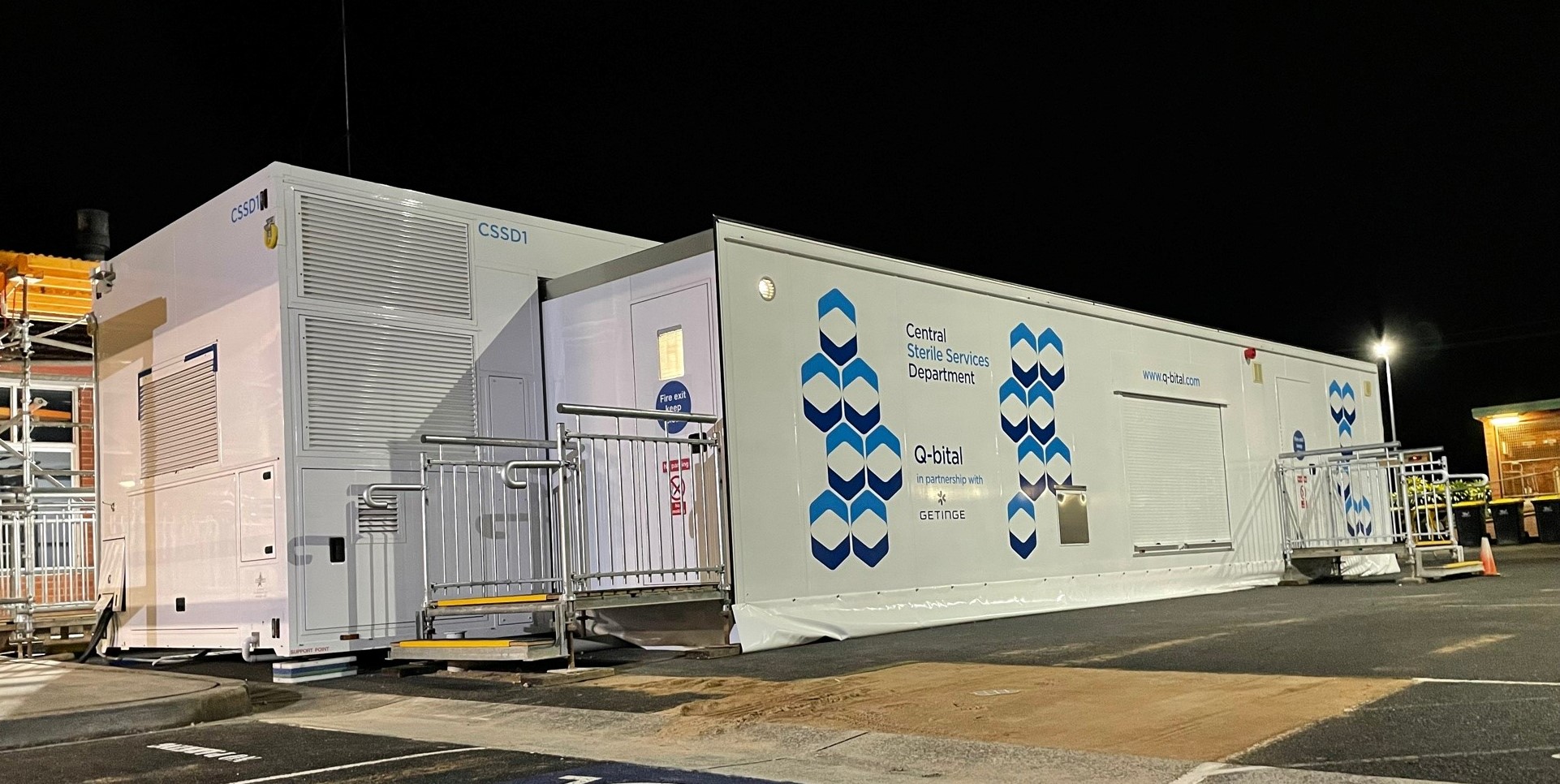The 7th European Healthcare Design Congress & Exhibition – the world’s leading forum for exchange of research findings, best practice and policy thinking on the design of health systems, services and infrastructure – will take place virtually on 14-17 June 2021.
The Preliminary Programme, which features a number of talks from researchers, policymakers and built environment specialists in Australia and New Zealand, has been launched and registration is now open.
Andrew Sansom, Editorial Director at Salus Global Knowledge Exchange introduces the upcoming event.
A watershed year
In a tumultuous year when the resilience of healthcare systems globally have been tested to the limit by the pandemic, the pressure to adopt a climate-smart development path for designing, building, operating and investing in health systems and infrastructure has increased significantly.
We are not yet able to determine what a post-pandemic world will look like, but we have had time to reflect and look beyond the design of field hospitals and the adaptation of existing facilities. The pandemic has brutally exposed the fault-lines in our health and care systems, and tested the relationship between the state and the citizen. Arguably, however, the climate and planetary health crisis presents a more fundamental challenge, leading to more frequent heatwaves and extreme weather events that help the potential spread of infectious diseases.
Health systems cannot only limit themselves to treating health problems caused by air pollution and climate change; they must rise to the challenge of tackling them at source. There are positive signs of progress, with NHS England committing to a multi-year blueprint to become the world’s first carbon net-zero national health system, and new guidance from the World Health Organization aimed at supporting healthcare facilities to anticipate, respond to, recover from, and adapt to climate-related shocks and stresses, while minimising negative impacts on the environment.
Reconstruction offers real opportunities
Over the past year, there has been a sudden acceleration in the opportunities that digital medicine offers for remote diagnosis, consultation and chronic disease management. The basic structure of ambulatory medicine has confirmed the need for flexible, multi-acuity single rooms in hospitals, as well as an increase in skilled staff and critical and high-dependency beds.
The importance of movement systems in the design of the ‘chassis’ of health facilities has been reinforced. It’s also been demonstrated that much of the global healthcare estate is made up of ‘unhealthy’ buildings. Against inevitable increases in capital investment in healthcare facilities over the next decade, there must be a recognition that sustainable buildings are first and foremost healthy buildings, providing environments that support the wellbeing of patients, health workers and the wider community.
This year’s congress is an opportunity to craft a blueprint for reconstruction, a creative assertion of the power of design. We should embrace the three directions of travel – responding to Covid, the growth of digital technology, and climate change mitigation – acknowledging their potential to catalyse change, and proposing ways in which we can use them to radically improve our health systems and architecture.

A packed auditorium at EHD2019
EHD 2021 Session highlights
A number of sessions will feature talks from researchers, policymakers and built environment specialists in Australia and New Zealand. The opening plenary on 14 June will see Prof Tony Capon, director of the Sustainable Development Institute at Monash University, give a keynote on ‘Environmentally sustainable healthcare: now is the time for action’.
Other speakers include Hassell’s Kevin Lloyd, who on 15 June will present a case study of the Herston Quarter and STARS Building in Brisbane. Then, on 16 June, NBRS Architecture’s Ian Gibson and NSW Health Infrastructure’s Rita Corbett will deliver a case study on Buronga HealthOne; while healthcare economist Rhonda Kerr from the University of Western Australia will present ‘Mind the gap: effective capital investment for hospitals after 2020’.
On 17 June, Lucio Naccarella, from the University of Melbourne, and Karrie Long, from Royal Melbourne Hospital, will give a talk on ‘Optimising moral resilience and workspaces for residential aged care nurses’.
Session 36 will see John Zeisel, from I’m Still Here Foundation and The Hearthstone Institute, join Richard Fleming, from the University of Wollongong, and architect Kirsty Bennett, from Swinburne University, in exploring the findings of a key report on designing for dementia care.
The COVID-19 Global Summit will also feature contributions from Australian speakers. In Session 39, Matthew Holmes, from Jacobs, Australia, will join Diana Anderson, from VA Boston Healthcare System, to discuss how Covid-19 will change healthcare design.
Their talk will be followed by a presentation on redesigning hospitals for telehealth, by Hassell’s Michaela Sheahan, and Emma Thomas, Helen Haydon and Anthony Smith, from the University of Queensland. And in Session 40 on ‘Infection control and airborne transmission’, Stantec’s Patrick Chambers will present ‘We are what we breathe – the historical burden of shared air and the future of indoor air quality’.

Femke Feenstra, from Gortemaker Algra Feenstra Architects, presents at EHD2019
There will also be an Innovation Zone dedicated to the latest design solutions and technical innovations, as well as opportunities for professional development and networking.
How to participate
A range of tickets are available – visit www.europeanhealthcaredesign.eu for details.
 Members of Architects for Health, the Union of International Architects – Public Health Group, Australian Health Design Council, New Zealand Health Design Council, Design in Mental Health Network, and the European Health Property Network are entitled to discounted rates. Please apply for your discount code by sending an email to info@europeanhealthcaredesign.eu
Members of Architects for Health, the Union of International Architects – Public Health Group, Australian Health Design Council, New Zealand Health Design Council, Design in Mental Health Network, and the European Health Property Network are entitled to discounted rates. Please apply for your discount code by sending an email to info@europeanhealthcaredesign.eu






